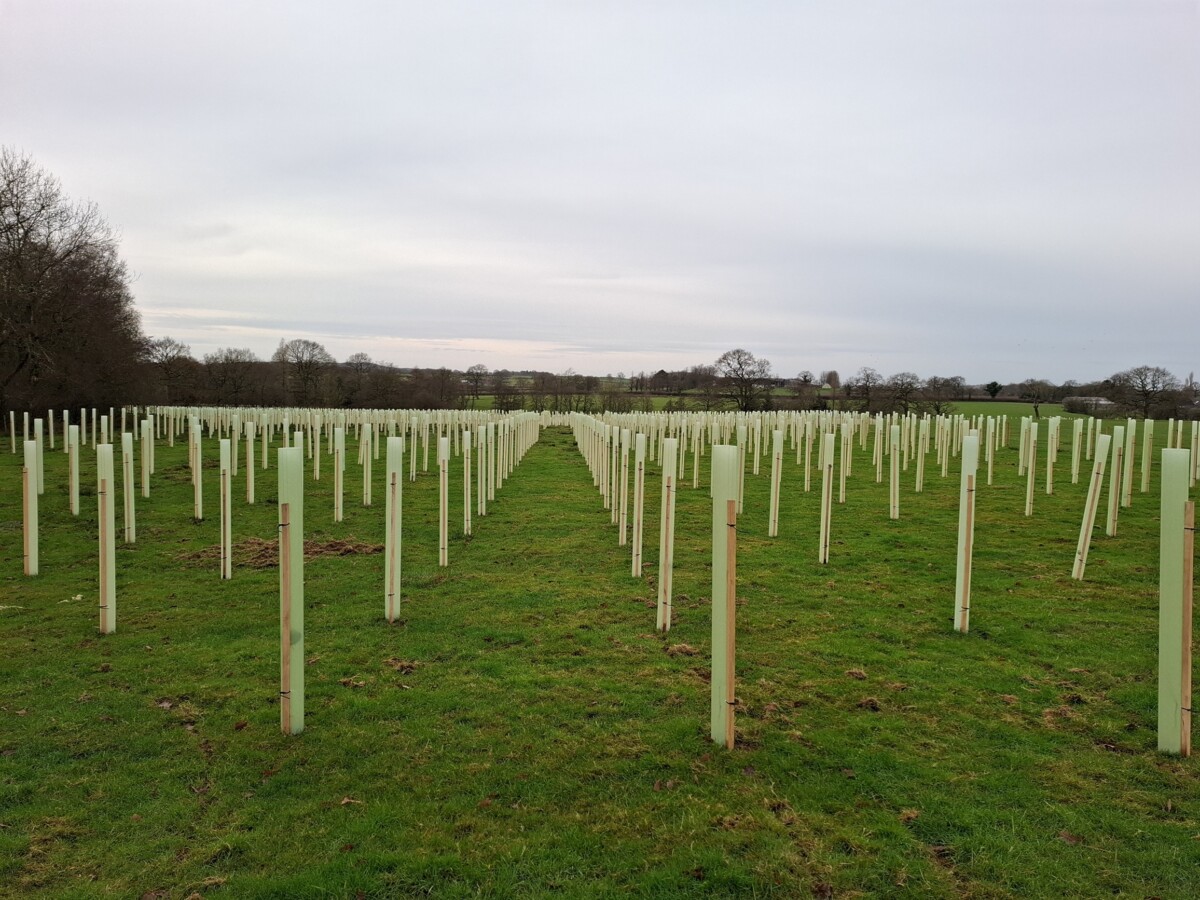Sealing off the clay at Carolina: Donald Ross designed the Carolina Golf Club in Charlotte, North Carolina, in 1929. Over the years, the course grew away from Ross’s original design; repeated edging changed the shape of the bunkers, and tree growth narrowed the hole corridors.
In 2008, thereforem, the club hired noted Ross expert architect Kris Spence to restore its course to the original design. Spence rebuilt the bunkers to a consistent 1920s Ross style, with flat bottoms and grass faces. The bunkers were all drained, but no liners were installed.

Sealing off the clay at Carolina
Fast forward almost a decade and a half, and the performance of the bunkers had started to suffer. The grass faces did not suffer particularly from erosion, but the red clay subsoil so typical of the area caused significant contamination of the bunker sand. “We replaced all our bunker sand in the winter of 2014, and by 2020, six years of use had made the sand weathered and badly contaminated,” says course superintendent Matthew Wharton. Over that six years, the club’s board had started reserving funds for the next sand replacement, but by 2020, Wharton had realised that there was another way.
“We started talking about bunker liners around that time,” he says. “It took a while to convince the board, becuase the principal reason most clubs line their bunkers is to stop the sand washing out from the faces during rains. We don’t have sand faces – though we do get heavy rains – so that wasn’t really an issue for us. But I realised that if we put in a solid barrier under the sand, we could seal off the red clay forever and say goodbye to it. By doing that, I figured we could get around ten to twelve years of life out of our sand.”
Wharton chose to use the Capillary Bunkers liner system to seal off the clay. He made contact with the company’s regional distributor, Ewing Irrigation, and with local contractor Golf Course Services of North Carolina, whose owner, JD Downey, had been an associate of architect Spence during the 2008 restoration.
Ten bunkers were lined during 2021, and 71 have been done so far – 60,000 square feet of bunker floor; the project is now almost complete. “We’re already seeing the results. We had some torrential rains at the end of November and they came through with flying colours,” says Wharton. And, to extend the bunker’s life even further, Carolina is installing the revolutionary Capillary Wash Box, which will allow Wharton’s crew to pressure wash the sand, and remove fine contaminant parcels.
For the latest industry news visit turfmatters.co.uk/news
Get all of the big headlines, pictures, opinions and videos on stories that matter to you.
Follow us on Twitter and Instagram for fun, fresh and engaging content.
You can also find us on Facebook for more of your must-see news, features, videos and pictures from Turf Matters.


























